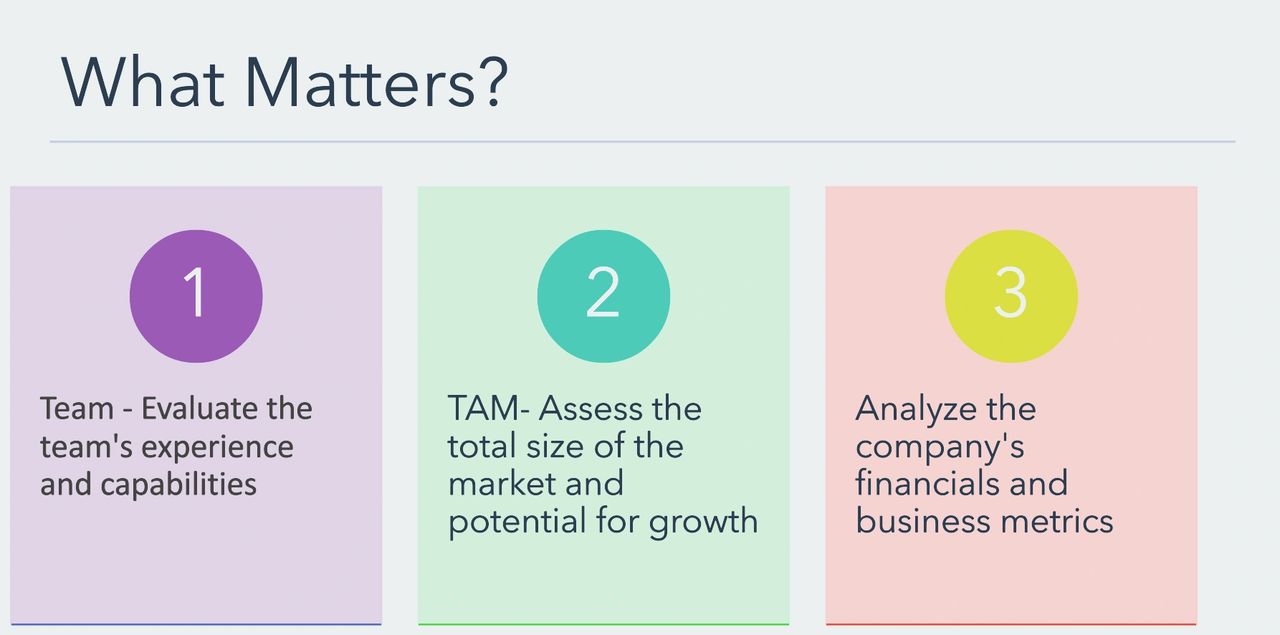Why to Listen to this Guy?
Sean O’Connor
- Grow Technologies (acquired by ATB) – Played a key support role in helping raise our Seed & Series A Financings
- Conexus Venture Capital Fund #1 – Led the fundraise for our $32M VC Fund
- Emmertech Fund #1 – Led the fundraise for our $60M VC Fund
- Was Managing Director of those two funds, which invested in over 30 companies.
- Led the fundraise as CEO of 4AG Robotics, securing $17.5M in equity capital.
Why to Listen to this Girl?
Giovanna Payne
- With >15 years of experience in the financial services and tech industries assisted companies in scaling operations and maximized profits
- Fractional CFO for tech companies, in 2023:
- Facilitated a funding round of $15M, plus $3m venture debt for a b2b SaaS company. Helped them grow from $1m ARR to $7m ARR.
- Redirected fundraising efforts for a SaaS company, with $2M ARR shifting away from a VC round to focus on the path to profitability to maximize the shareholder value
Why Raise Capital?
Start by asking yourself:
- Will raising capital increase the value of my remaining ownership compared to keeping my current stake without additional funding?
What kind of company do I want to build?
- If I raise capital, will I lose control, will I be able to choose any direction I please, will I have a boss?, can I grow slowly and diligently, will I have to give preference shares with liquidity preferences, and what is the impact of that?
Example: I Have an early product.
- If I keep chipping away at this company without raising capital, my business will be worth $500,000 in 12 months.
- If I raise $250,000 and give up 20% of my business, I believe my business will be worth $2M in 12 months.
Conclusion: You should probably raise money
Example: I have a product with some traction, and $50K Monthly recurring revenue
- I think I can increase this within 12 months to $100K MRR if I raise capital, and $75K MRR if I bootstrap
- If I raise $1M and give up 20% of my business with 2X liquidity preference; I believe my business will be worth $10M in 2 years but if things do go as planned, I can sell it for $3M in 2 years
- If I raise capital and things don’t go as planned and I sell for $3M, I would walk away with $1M vs If I bootstrap and I take an extra 2 years to reach profitability and sell it for $3M, it would leave me with $3M in my pocket
Conclusion: If you want to retain full control, and the optionality to grow your business at a moderate pace, VC route is likely not for you – as small exit will provide higher returns and give more optionality to founders along the way vs VC’s being more of an “all or nothing” approach.
Let’s get started…
Manage Your Process Properly
Build Relationships with VCs:
- Develop a target list of VCs that invest in your industry and stage
- Get warm introductions through your network and industry events
- Build relationships by sharing updates and seeking advice
- Monthly Investors Updates
- Provide Targets
- Create an Echo-Chamber
Define The Problem
- What is the problem you are solving? – Have it really clear!
- How do you solve the problem for your customer?

Let’s talk about the TAM (Total Addressable Market)
- TAM=Total market demand for a product or service
- TAM is not the size of the problem, and it is not the size of the entire market
- TAM is the size of your market
- Identify the TAM for your product
- Market size and how fast is growing
- Determine your ICP
- Show that your market is big enough for VC returns
Example:
Source, Forbes: There are more than five million workers in the U.S. who qualify as tradespeople…
- Assumed Software price= $200
- TAM=$200*5,000,000*12=$15B annually in the US only
Traction Metrics Slide:
VCs (Venture capitalists would like to assess the strength of your execution skills. Demonstrate your track record and highlight any trends that showcase your abilities.
Consider engaging a fractional CFO to help you position your company in the best way!
- Monthly Recurring Revenue
- Annual Recurring Revenue
- Growth Rate
- Net Revenue Retention
- Customer Acquisition Cost (CAC)
- Cac Payback Period
- Lifetime Value (LTV)
- Churn Rate
- Others:
- Gross Margin
- Revenue per FTE
Competitors Slide:
- Simple overview on what differentiates you from the competition (both current way of doing things & other startups)
Fractional CFO services for mission-driven SaaS companies. If you have any questions or want a copy of the full presentation, reach out to us!



